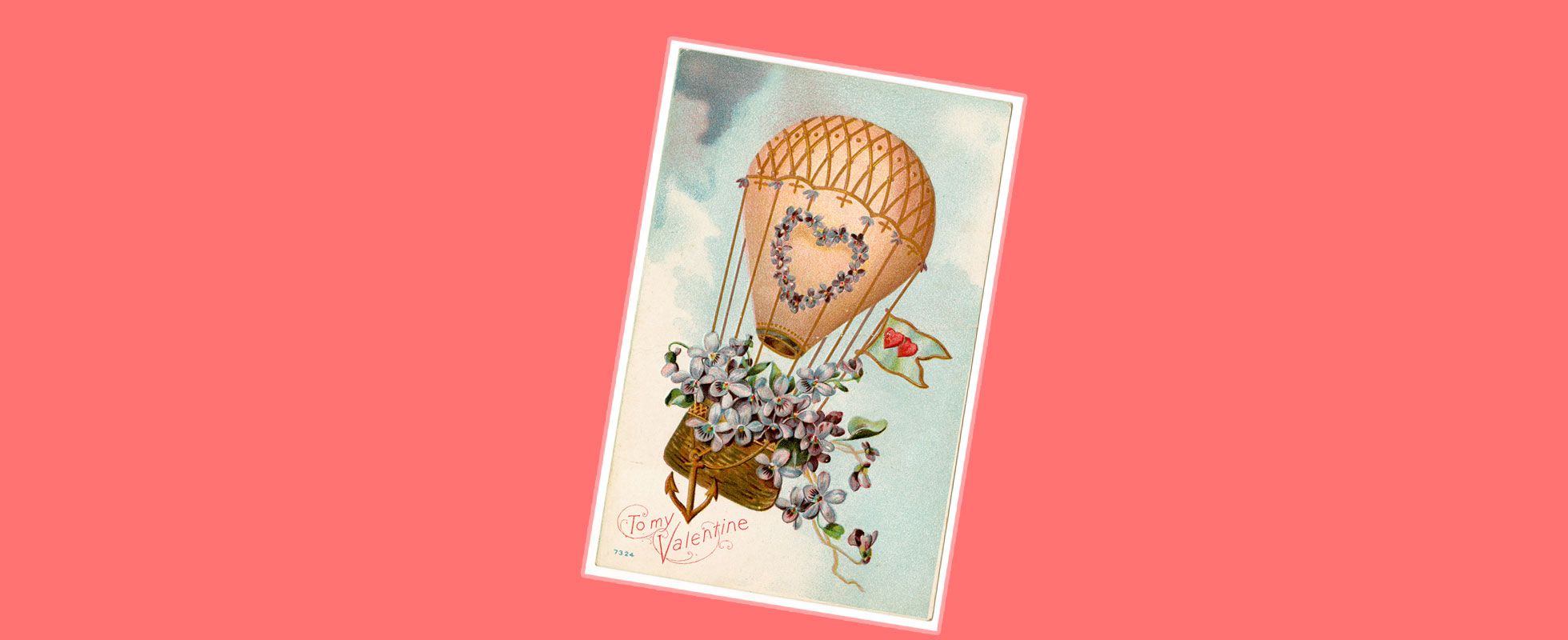Whether you relish the sentimentality or begrudge reading dozens of bad puns to find just the right joke, greeting cards have become an essential part of just about every life occasion. It’s perhaps not surprising that the tradition of sending cards on holidays originated during what is now the most festive time of year, and even less surprising still that the most popular modern card-giving occasion is — you guessed it — Christmas. From their ancient Egyptian origins to Victorian England’s game-changing correspondence, read on for a brief history of holiday cards.
Wishing You a Happy and Healthy New Year!
May the new year bring you happiness in everything you do — and may it be a year that’s filled with many blessings, too.
Some of the earliest holiday cards on record wished good luck in the year ahead. In ancient Egypt, the new year didn’t coincide with the end of the Gregorian calendar year in December as it does now, but fell in mid-September, the start of the farming cycle. It was this agricultural celebration that resulted in some of the earliest person-to-person greetings, along with writing on papyrus scrolls. The inscription “au ab nab” (“all good luck”) has been discovered on ancient scent bottles and scarabs, a type of amulet.
While ancient Egyptian new year’s greetings celebrated the beginning of a new life cycle, in ancient China, New Year’s messages were sent at the start of each year in an attempt to bring good luck and ward off the evil spirit Nian. This ancient Chinese mythological beast, a half-lion, half-dragon creature whose name means “year,” was said to emerge and frighten people at the end of the Lunar New Year, starting on the second new moon after the winter solstice.
Centuries later, the start of a new year also became the subject of written well-wishes in medieval Europe. By the 14th century, personal greeting cards that resemble those we still send today had emerged, first as wood carvings and then, increasingly, on paper.
Will You Be My Valentine?
Since on this ever happy day, all nature's full of love and play. Yet harmless still if my design, 'tis but to be your Valentine.
Shortly after Europe adopted the tradition of sending well-wishes for the new year, handmade greeting cards took off in popularity across much of the continent. Perhaps surprisingly, it was Valentine’s Day cards — occasionally with artwork and drawings — that became the most common holiday card during the 15th century.
The precursor to Valentine’s Day is widely considered to be the ancient Roman fertility festival of Lupercalia, which took place on February 15 and traces back as far as the sixth century BCE. When the custom was introduced to England, it was observed on February 14 and became known as the Christian feast of St. Valentine. It owes its romantic roots to its namesake who, according to some beliefs, signed a romantic letter “from your Valentine” to the daughter of his jailor. By the 14th century, people were writing letters to their loved ones with the term of endearment “Valentine.”
In the mid-19th century, England introduced “penny postage,” proliferating the exchange of Valentines, which at that point were being written on delicate lace paper. The United States imported the cards and the tradition from England, but by 1850, a less expensive version of the lacy love notes was also being manufactured stateside by New England artist and entrepreneur Esther Howland, who is now known for popularizing Valentine’s Day greeting cards in America.
Merry and Bright
Whatever makes your season shine the brightest, whatever makes your spirit feel the lightest; whatever makes your world it’s very rightest, that’s just what you’re wished.
During the 19th century, the popularity of holiday cards surged in England and the U.S. This was thanks in part to advancing postal systems, and to the increasing availability of handmade cards for purchase. Then, in 1843, the same year Charles Dickens released A Christmas Carol, everything changed for the holiday card game.
Henry Cole, an English educator, grew weary of replying to the volume of Christmas and New Year’s letters he received. He tasked his friend John Callcott Horsley, an artist, with designing a holiday image. The illustration depicted a family celebrating the holidays, as well as images of people being charitable to the less fortunate during the season. Cole had 1,000 copies made on a piece of cardboard. It had a blank space for name personalization, and included the same greeting, “A Merry Christmas and a Happy New Year to You,” on each card. With that one-size-fits-all approach, Cole invented the prototype of the modern holiday card as we know it.
By the 1860s, with the Industrial Revolution in full swing, holiday cards were being mass produced, leading to lower cost and increased availability. In the 1870s, the U.S. also made its mark on the industry. American publisher Louis Prang, after an inspiring visit to Europe, perfected his color lithograph process and Christmas card designs in Massachusetts; he would effectively kick-start the Christmas card industry in the U.S. and go on to be known as the father of the American Christmas card.
Best Wishes on Your New Adventure
This is the beginning of a future filled with whatever you dream. Congratulations!
In 1910, a company was founded in Kansas City, Missouri, that would become synonymous with greeting cards: Hallmark.
Although Hallmark was originally known for producing postcards, by the end of the 1920s, the company dominated the holiday card market. It had already branched out to print its own cards, and had introduced other genres of greeting cards, such as the friendship card. The family company began advertising nationally in magazines and on radio, and helped make its brand a household name by using the Hallmark logo on the back of every card.
Hallmark also started a licensing deal with Walt Disney, and began taking greeting cards out of store drawers and placing them on display racks where people could easily see and read them — another Hallmark invention that is, to this day, a crucial part of greeting card shopping in stores.
Thank You for All That You Do
It’s the little things that are the big things. Thanks.
What started as a humble wish for good luck in the new year transformed into a multibillion-dollar annual business. Over the years, greeting cards expanded from a few key holidays — New Year’s, Valentine’s Day, and Christmas — to include other special occasions, such as St. Patrick’s Day, Hanukkah, and Easter, and life events such as birthdays, marriages, babies, sympathy, thank you, and just about anything else one could ever need — including more modern “just because” cards, because who needs a reason to send a loved one a special note?
Overall, the traditional holiday card market has slowed in recent years, as the proliferation of electronic cards, social media, and direct messaging platforms reduces the day-to-day need to reach out via mail. Yet while there are more ways to stay connected than ever, holiday cards are still a staple, especially during the winter holiday season. Today, Christmas is the most popular time to send out greeting cards, and millions of people still experience that warm and meaningful feeling of receiving a personalized holiday card in the mail.
Photo credit: Kean Collection/ Archive Photos via Getty Images
















